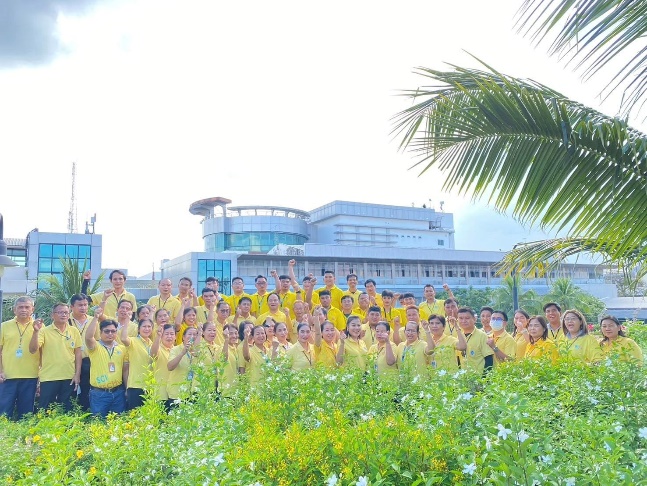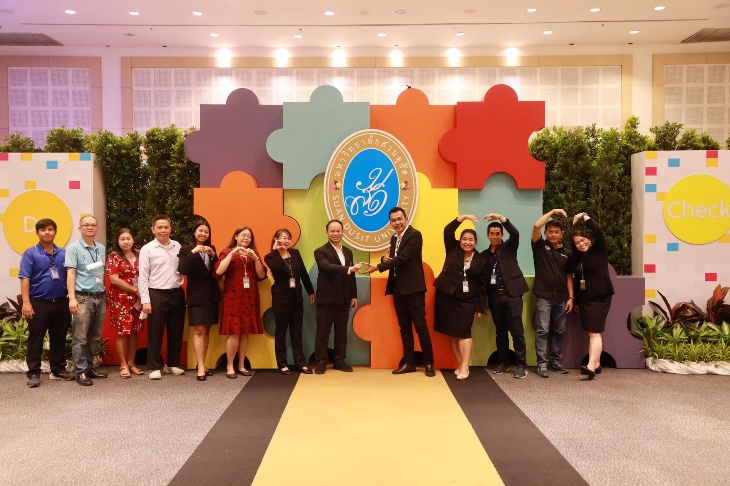Suan Dusit University has established a clear environmental policy that integrates the principles of sustainable mobility, with an emphasis on promoting safe, convenient, and environmentally responsible transportation for staff and students. This is part of the University’s systematic management of its environmental, energy, and resource systems. A key focus of this policy is the development of campus infrastructure that supports safe pedestrian movement, ensuring that walking is a practical, safe, and encouraged mode of travel within the campus. This initiative aligns with the University’s commitment to reducing environmental impact while enhancing accessibility and safety in daily campus life.
The policy was first formally announced to the public in 2017 and continues to serve as a foundation for advancing Suan Dusit University as a pedestrian-friendly and sustainability-oriented campus. https://green.dusit.ac.th/policies/ This policy was further enhanced in 2022 as part of the Suan Dusit University Environmental, Energy, and Resource Management Quality Policy, which reinforces the University’s commitment to promoting safe, accessible, and sustainable mobility on campus. https://sdg.dusit.ac.th/2023/3190/ It is now formally embedded in the Suan Dusit University Declaration of Commitment to the Sustainable Development Goals (SDGs) under Sustainability Dimension 3: Environment and Natural Resources (Planet), affirming the University’s long-term dedication to promoting environmentally responsible campus mobility and resource stewardship. https://planning.dusit.ac.th/main/wp-content/uploads/2024/11/sdg-move-1.pdf Announced on 24 September 2024.
This approach aligns with the University’s Occupational Safety, Health, and Working Environment Policy (implemented since 2018 and continuing to the present), which identifies the “design and maintenance of safe walkways, ramps, and pedestrian crossings” as a core performance indicator of the Occupational Safety Committee. It also complements the annual Safe Educational Institution Programme, implemented across the University, campuses, education centers, and the La-or Uthit Demonstration Schools.
A key component of this initiative is traffic safety management, including pedestrian–vehicle zoning, supervised drop-off and pick-up points, and rush-hour congestion control. Collectively, these measures reflect the University’s commitment to developing environmentally friendly infrastructure that encourages sustainable modes of mobility, such as walking and cycling, in a tangible and measurable way.
มีการออกแบบสภาพแวดล้อมให้ผู้ใช้ทุกกลุ่มทั้งนักศึกษา บุคลากร และผู้มาเยือน สามารถเดินเท้าได้อย่างปลอดภัย เข้าถึงได้ทุกอาคาร และเป็นมิตรต่อสิ่งแวดล้อม แนวคิด “Pedestrian First” ถูกบรรจุไว้ในแผนพัฒนามหาวิทยาลัยดังที่ระบุมาข้างต้น และเชื่อมโยงโดยตรงกับ SDG 11.4.1 (Sustainable practices targets) และ SDG 11.4.2 (Promote sustainable commuting)
Designing Suan Dusit Spaces with Pedestrians at the Center
Suan Dusit University is among the higher education institutions that prioritize the development of eco-learning spaces, translating policy into practice. The campus environment is intentionally designed so that all users—including students, staff, and visitors—can walk safely, access buildings comfortably, and experience spaces that are environmentally conscious.
The “Pedestrian First” principle is embedded in the University’s development plan and guides the creation of accessible and human-centered campus pathways and public spaces. This approach directly aligns with: SDG 11.4.1 – Sustainable practices targets and SDG 11.4.2 – Promote sustainable commuting, demonstrating the University’s commitment to shaping a campus that supports inclusive mobility, environmental stewardship, and well-being for all.
Safe and Accessible Pedestrian Infrastructure
Suan Dusit University has continuously improved and developed its pedestrian infrastructure to ensure user safety across all areas of the campus. Walkways are clearly separated from vehicle traffic lanes, and are equipped with ramps for persons with disabilities and the elderly, as well as non-slip surfaces to ensure safe movement. These standards apply to all major academic buildings and practical training facilities throughout the University.
In addition, solar-powered lighting and CCTV surveillance systems have been installed along pedestrian pathways, parking areas, and student drop-off and pick-up points to enhance safety and ensure continuous monitoring during both daytime and nighttime. These measures are supported by an official CCTV and privacy management policy, which governs the operation and protection of personal data to ensure responsible and secure use of surveillance technology. https://www.dusit.ac.th/home/cctv-privacy-notice
Landscaping along main walkways and connecting areas between buildings has also been enhanced with green spaces and shade trees, creating a pleasant and comfortable walking environment. Benches are placed along pedestrian routes to provide resting spots for students, staff, and visitors. These features are implemented both on the Bangkok campus and at regional education centers, particularly in areas with larger open spaces, ensuring accessibility, comfort, and environmental quality for all campus users.
These efforts reflect the University’s commitment to creating a Pedestrian-Friendly Environment and form a core component of its initiative to foster a Sustainable Green Campus—one that prioritizes safety, comfort, and a high quality of life for all campus users.
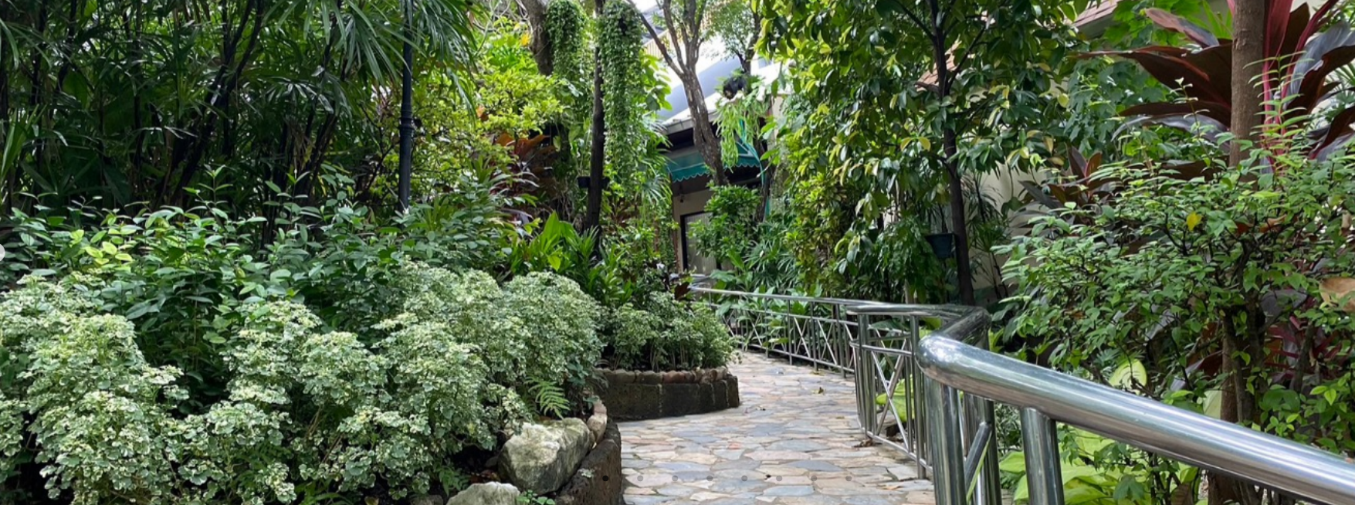
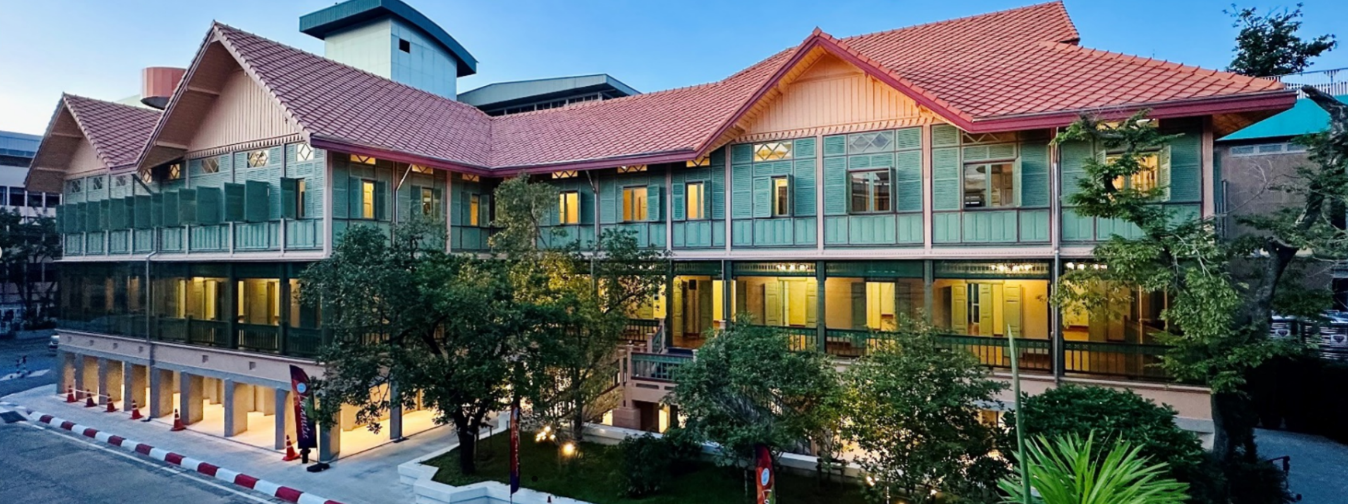
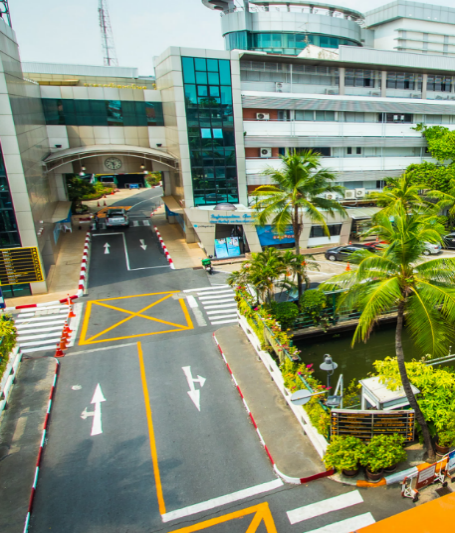
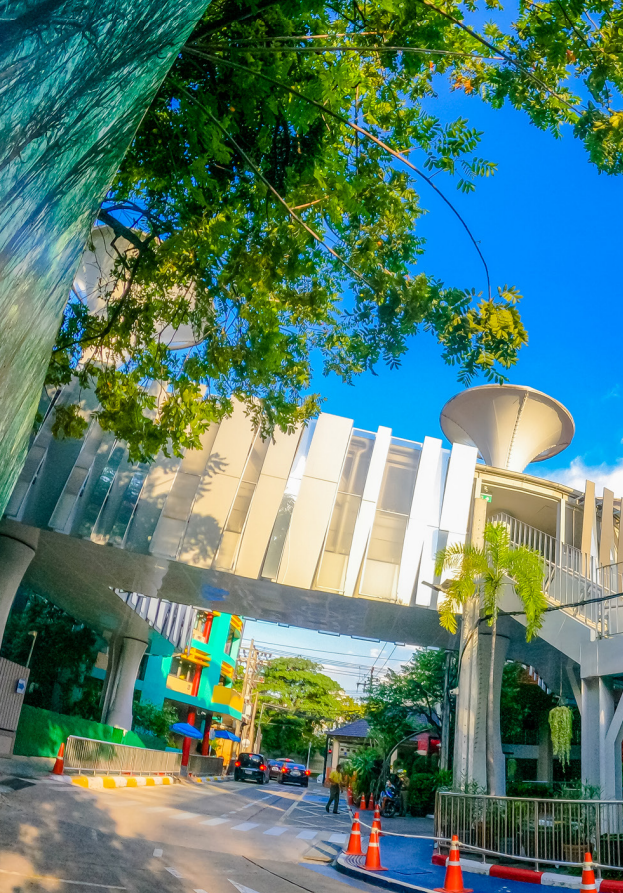
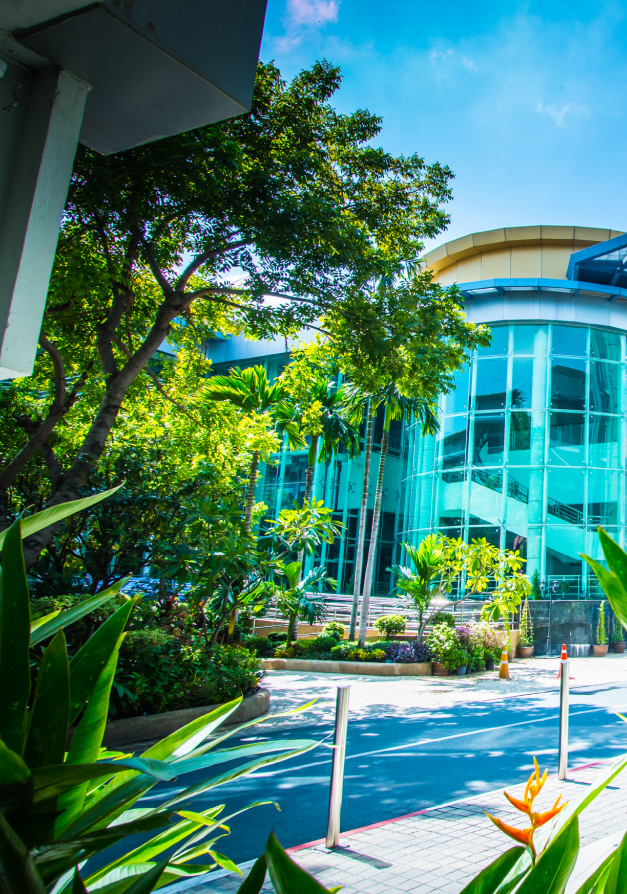


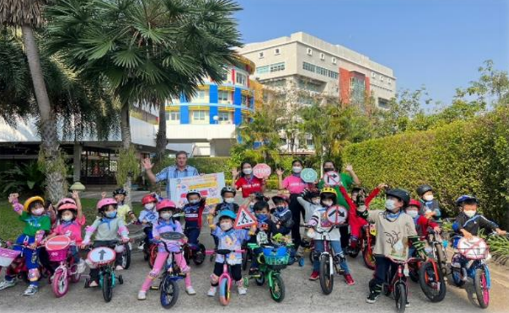
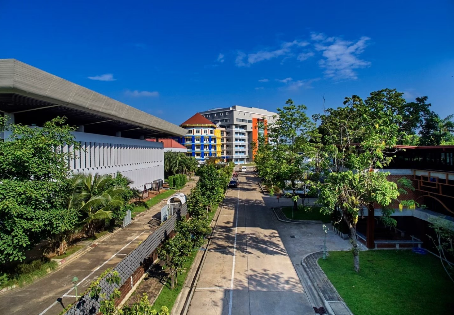
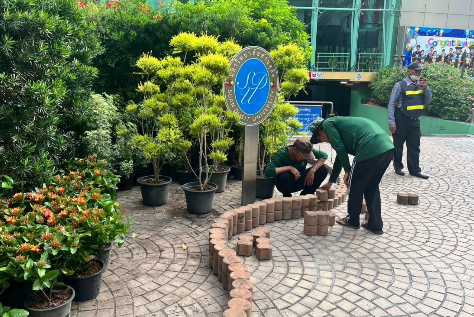
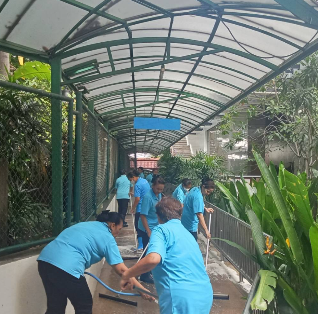
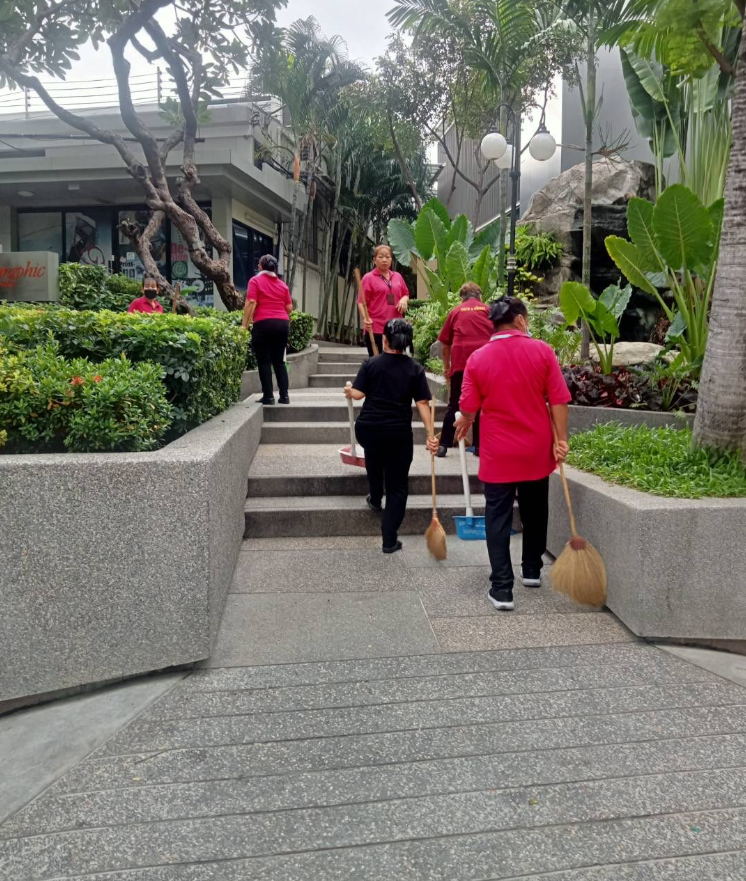

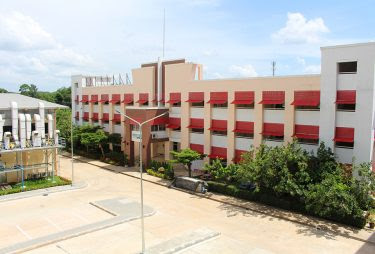

file:///C:/Users/siman/Downloads/Suan-Dusit-2-28%20(2).pdf
file:///C:/Users/siman/Downloads/Suan-Dusit-2-08.pdf
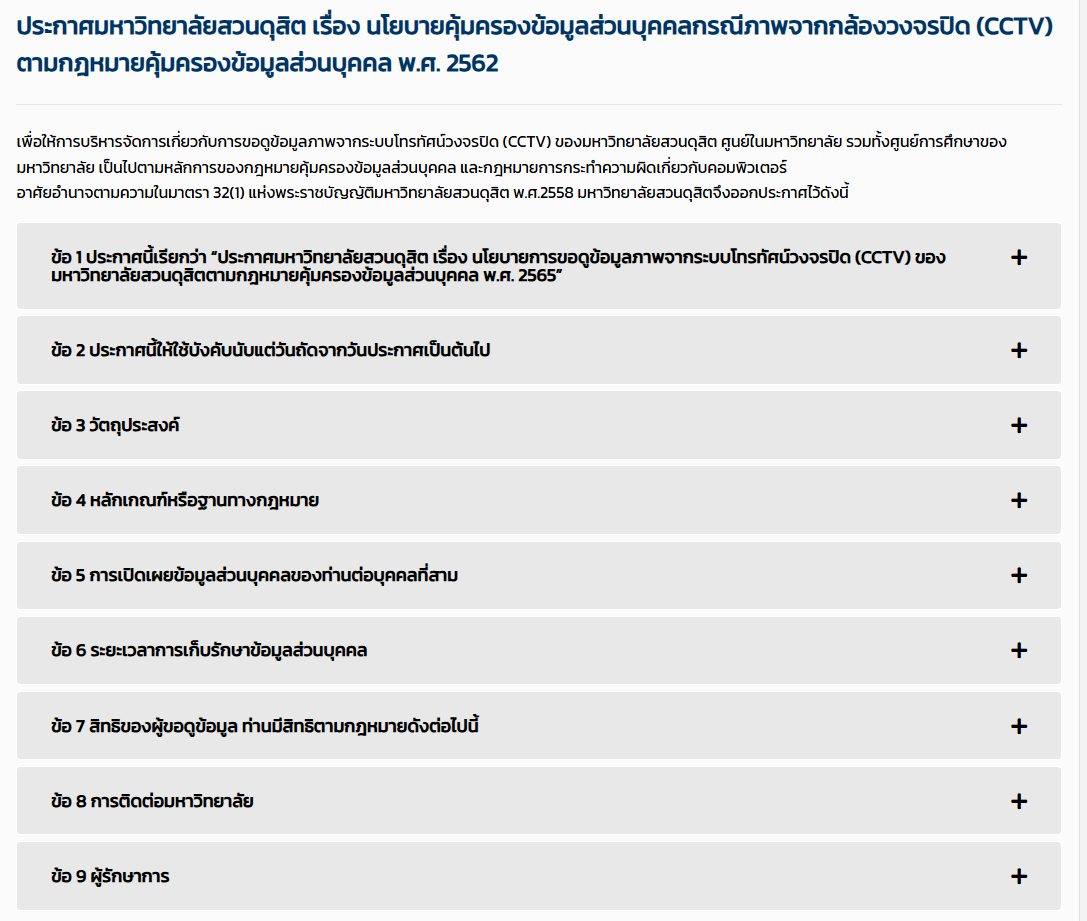
CCTV System
Suan Dusit University has implemented a comprehensive CCTV surveillance system designed to prevent theft, property damage, and other security-related incidents. CCTV cameras (AXIS, IDIS, and Arecont brands) are installed across all University campuses and education centers, totaling more than 800 units connected to the University’s main network infrastructure.
Camera placement and management are conducted in compliance with the Suan Dusit University Policy on Personal Data Protection for CCTV Recordings, issued in accordance with the Personal Data Protection Act B.E. 2562 (2019). This policy ensures that surveillance is carried out responsibly, with respect for privacy and lawful data handling.
At the Lampang Education Center, a total of 154 CCTV cameras are installed, covering all areas of the Center to support continuous safety monitoring and incident prevention. https://lampang.dusit.ac.th/qr/2568/sdylp_support.pdf
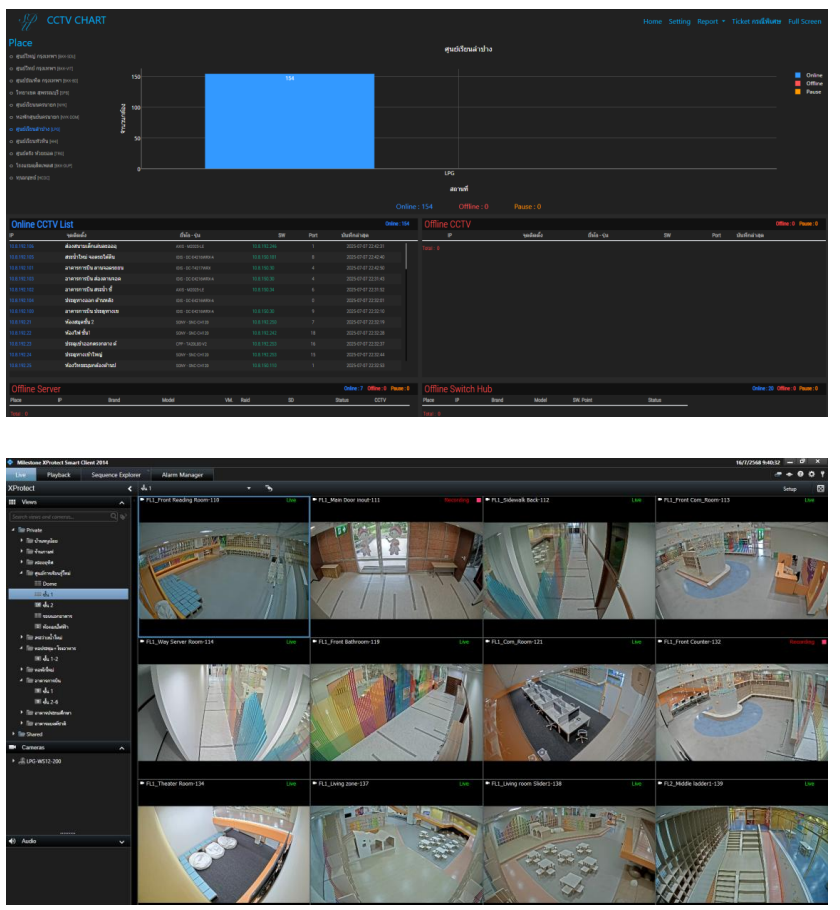
Design for All Ages
Suan Dusit University has upgraded its walkways and shared spaces in accordance with Universal Design principles, ensuring that everyone—children, students, adults, and older persons—can move safely and equitably throughout the campus. Pedestrian pathways are designed with low-slope ramps, non-slip surfaces, and covered walkways to protect against sun and rain, particularly in areas connecting academic buildings and service centers that are frequently used. This design approach supports users of diverse physical abilities and age groups, including:
• Students of La-or Uthit Demonstration School, who can walk safely within designated vehicle-free zones, with clearly separated walkways and supervised entry and dismissal times
• University students, staff, and visitors, including older adults and members of the community who participate in campus activities or use University facilities, all of whom can conveniently access shaded walkways, rest areas, and interconnected spaces
• Persons with disabilities and wheelchair users, who can access walkways, elevators, restrooms, and service centers without physical barriers, in full alignment with Universal Design standards https://www.dusit.ac.th/home/universal-design
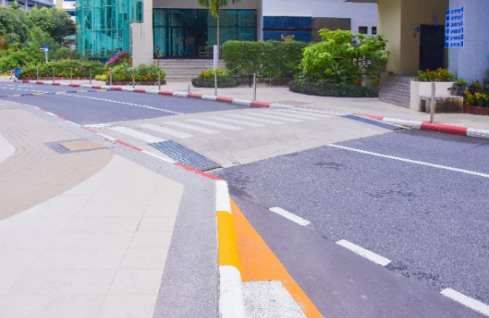
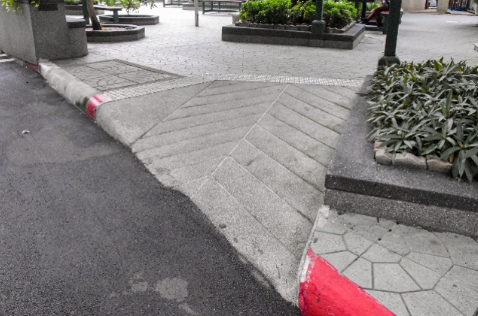
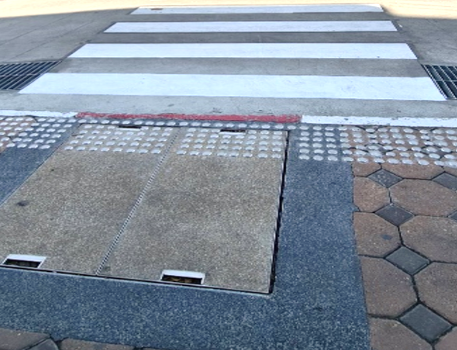
The University has also developed public facilities that meet standards of accessibility and inclusiveness, such as designing restrooms that accommodate people of all genders, ages, and physical abilities. In 2024, these restrooms were evaluated by the Dusit District Office and recognized for their excellent hygiene and accessibility standards under the “Bangkok Outstanding Public Restroom Award” programme, conducted in collaboration between the University, the Dusit District Office, and the Parliament of Thailand.
These approaches reaffirm Suan Dusit University’s role as a “University for All”, where equity, safety, and human dignity are prioritized for every user of its spaces. Through inclusive and human-centered design, the University ensures that its environment is welcoming, accessible, and supportive for everyone.
Management and Standards Monitoring (Activities in 2024)
Suan Dusit University continuously inspects and improves its infrastructural systems to ensure safety across buildings, surrounding environments, and pedestrian pathways. This work is carried out in collaboration with external agencies to ensure that all campus spaces comply with safety standards and remain accessible and user-friendly for all groups.
Building and Site Assessment
The Science Center of Suan Dusit University underwent an official building inspection conducted by the Department of Public Works and Town & Country Planning, covering both the Chalermprakiat 50th Anniversary Maha Vajiralongkorn Building—classified as a special large-scale building—and the Science Center Residential Building, classified as a condominium-type building under the Building Control Act. The assessment encompassed: Structural integrity, Electrical systems, Fire prevention and evacuation systems, Emergency escape routes, Surrounding landscape and circulation areas, including inter-building walkways and parking zones.
The purpose of this inspection is to ensure that all pedestrian routes and circulation spaces are safe and suitable for use by students, staff, and visitors, thereby reinforcing a secure and accessible campus environment. https://www.dusit.ac.th/home/2024/1203137.html

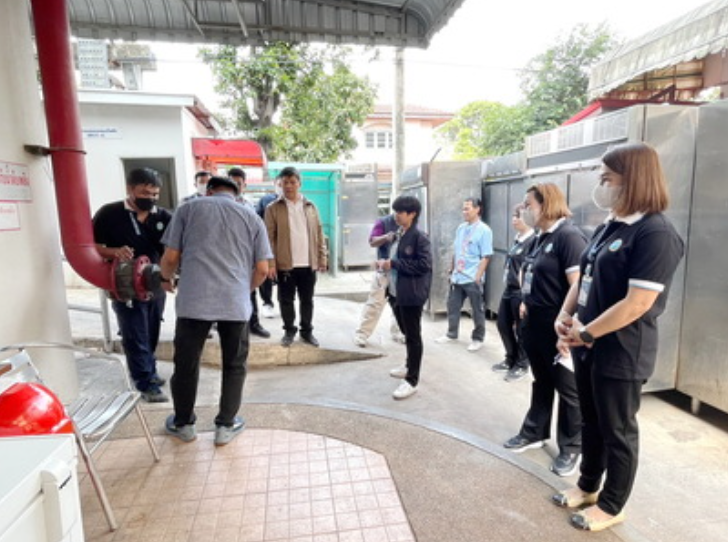
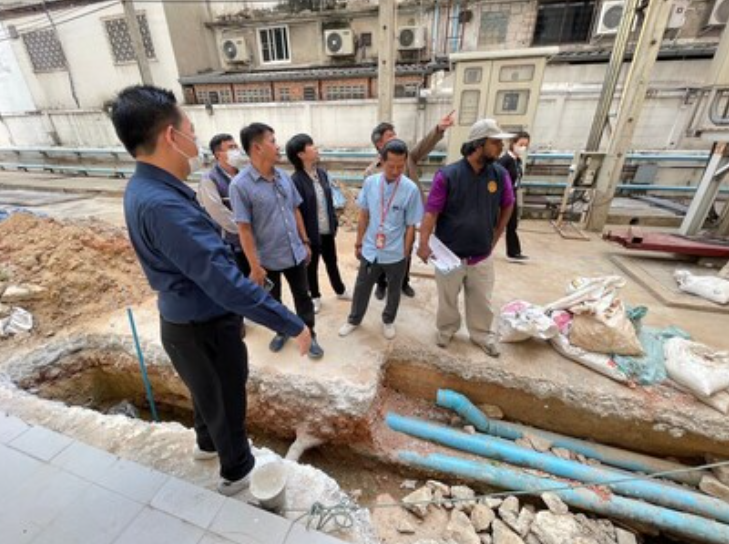
Promoting Traffic Safety Awareness and Culture
Suan Dusit University, in collaboration with Samsen Metropolitan Police Station, organized the “Traffic Volunteer Training Programme for Fiscal Year 2024” to enhance the competencies of University personnel responsible for facilitating traffic flow and ensuring pedestrian safety on walkways and at crossing points within the campus.
This programme aims to reduce accidents and foster a culture of safe pedestrian movement, particularly in high-traffic zones such as the areas in front of the La-or Uthit Demonstration School and major academic buildings, where large numbers of students commute during peak hours. The initiative strengthens both operational capability and shared responsibility for safety across the University community.
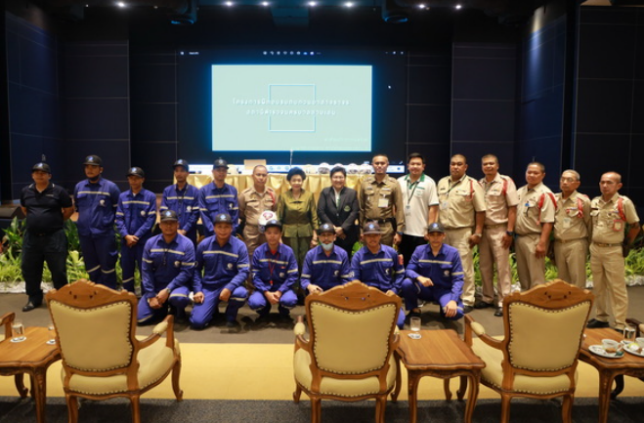

Inspection of Construction and Landscape Improvements for Safety
Suan Dusit University, Suphanburi Campus, held an inspection meeting for the project “Landscape and Surrounding Area Improvement of the SDU Library Learning Center.” The project aims to enhance pedestrian walkways, inter-building connections, and green spaces to ensure a safe, pleasant, and environmentally friendly environment that supports daily pedestrian use by students and staff.
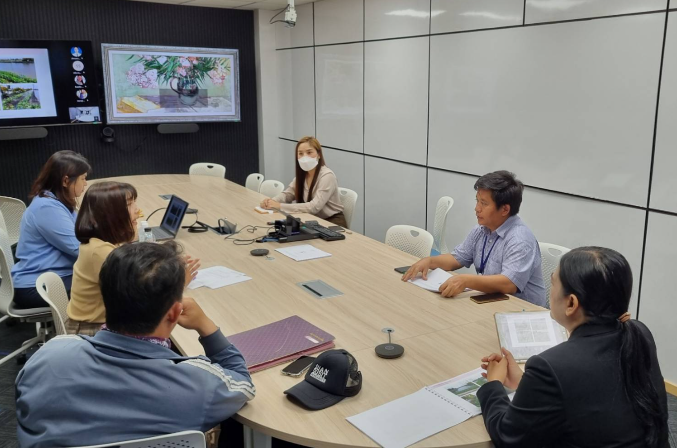
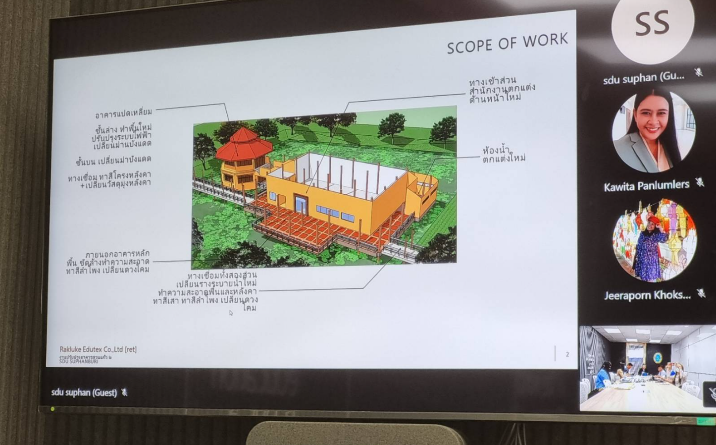
The University also implemented the “Traffic Line Marking and Road Surface Repainting Project from Gate 1 to the rear of Building 11” to organize traffic routes and enhance the safety of both pedestrians and vehicles. This initiative is part of the ongoing maintenance of road surfaces, walkways, and surrounding building areas to ensure continued safety standards.
Conclusion: Suan Dusit University – A Pedestrian-Friendly Campus
Suan Dusit University upholds the principles of “Pedestrian First” and “Green & Clean University” by integrating physical design, safety standards, and equitable access for all users into its environmental, energy, and resource management systems. The operations carried out in 2024 demonstrate comprehensive infrastructure development, including the inspection and certification of building and walkway safety by the Department of Public Works and Town & Country Planning; traffic volunteer and circulation area supervision training in collaboration with the Samsen Metropolitan Police Station; landscape improvements and traffic line marking to organize circulation routes and enhance safety; and the installation of more than 800 solar-powered lighting and CCTV surveillance points across all areas of the University.
These efforts are led by the Office of Buildings and Facilities, the central unit responsible for coordinating, monitoring, and supporting safety development across the University. The Office works closely with facility and building management units at the Science Center, campuses, and all education centers to ensure a unified standard across all locations.
This approach not only creates a safe and pedestrian-friendly environment but also reflects Suan Dusit University’s vision as a “University for All,” where people are placed at the center of design and development. The guiding principle is that “every step taken at Suan Dusit should be a step of safety, equity, and sustainability.”
